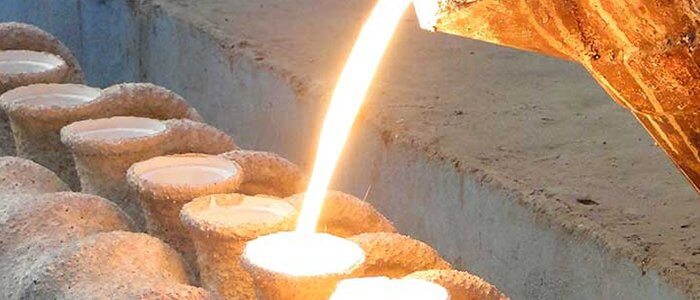Introduction:
Mold modification is a crucial aspect of the manufacturing process, especially when aiming for precision and efficiency. In the context of pouring cups, incorporating a well-designed groove can significantly enhance the overall performance of the mold. This article explores the steps involved in modifying a mold to include a groove in the pouring cup, offering insights into the benefits and considerations.
Benefits of Adding a Groove to the Pouring Cup:
1. Enhanced Pouring Control:
The primary advantage of incorporating a groove in the pouring cup is improved pouring control. The groove acts as a channel, directing the flow of the material more precisely. This control is particularly valuable when dealing with fluids that require careful pouring to prevent spillage or uneven distribution.

2. Reduced Air Entrapment:
Air entrapment during the pouring process can lead to defects in the final product. The addition of a groove facilitates a smoother and more controlled pouring action, minimizing the chances of air getting trapped in the material.
3. Consistent Mold Filling:
The groove aids in achieving a more uniform filling of the mold. This is especially important for intricate molds where even distribution of the material is crucial to producing high-quality products with consistent characteristics.
Steps to Modify the Mold of Pouring Cup:
1. Assessment of the Existing Mold:
Before making any modifications, carefully examine the existing mold to understand its structure and dimensions. Identify the specific areas where the pouring cup is located and assess the current pouring dynamics.
2. Designing the Groove:
Utilize CAD (Computer-Aided Design) software to create a detailed design for the groove. Consider factors such as the material being used, the viscosity of the substance, and the desired flow rate. Ensure that the groove seamlessly integrates with the existing mold design.
3. Precision Machining:
Implement the designed groove by utilizing precision machining techniques. This may involve CNC (Computer Numerical Control) machining or other suitable methods depending on the complexity of the mold and the desired groove dimensions.
4. Quality Control:
After machining, conduct thorough quality control checks to ensure that the added groove meets the specified design parameters. This may involve testing the mold with a simulated pouring process to validate the effectiveness of the modification.
5. Testing and Adjustment:
Perform initial tests using the modified mold to observe the pouring dynamics. If necessary, make adjustments to the groove design to optimize performance. Iterative testing and adjustment are key to achieving the desired pouring control and consistency.
Conclusion:
Modifying a mold to include a groove in the pouring cup is a strategic approach to enhance pouring control, reduce air entrapment, and achieve consistent mold filling. By carefully assessing the existing mold, designing a precise groove, and implementing quality machining techniques, manufacturers can improve the overall efficiency and quality of their production processes. This modification is particularly valuable in industries where precision and consistency are paramount for delivering high-quality end products.

